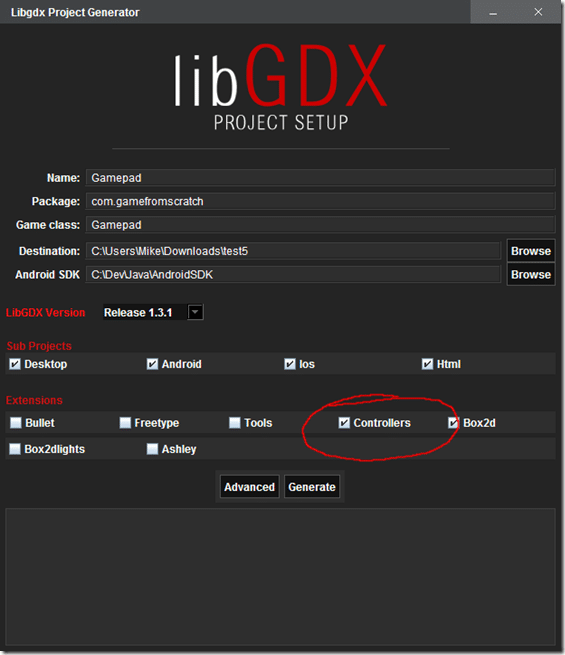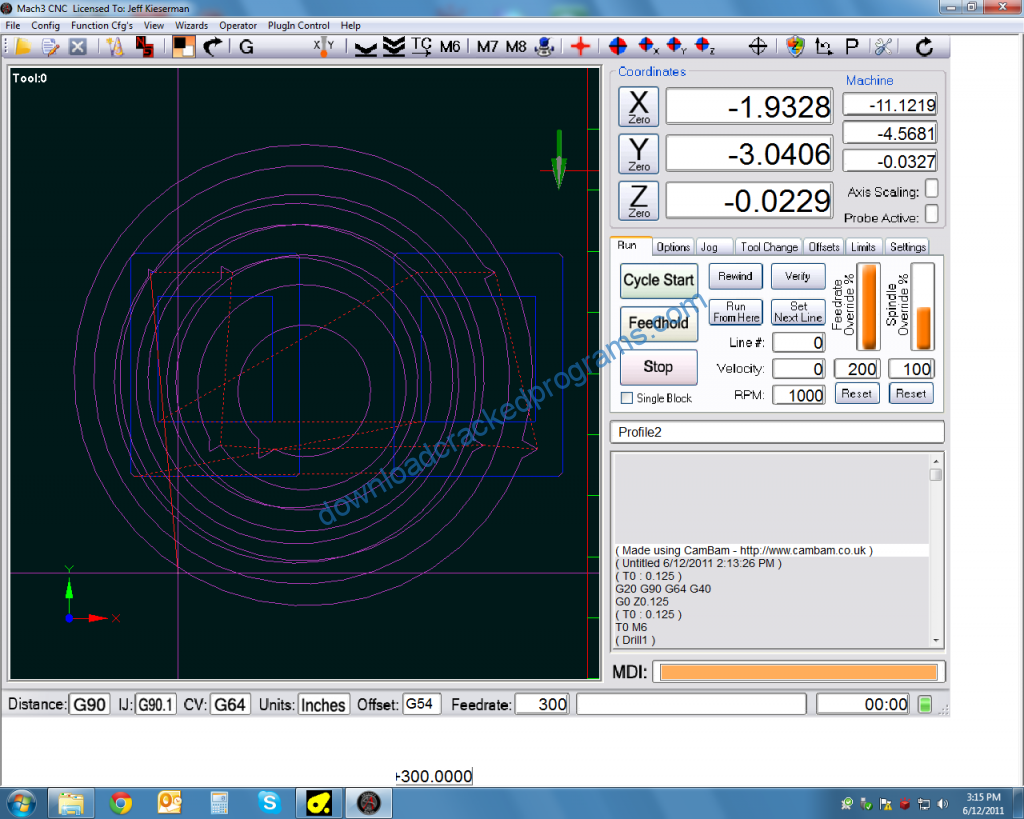
- #Libgdx texturepacker giving two images how to#
- #Libgdx texturepacker giving two images android#
- #Libgdx texturepacker giving two images code#
Is there a way directly in blender to export KHR_Texture_Transform data in the glb or would I have to do this manually? Again, sorry for all the questions and confusion. glb there is no problem with the materials, but then I can’t edit the json file. gltf from blender, no materials are included. It sounds like that would be pretty complex to set up though. Tutorials for other frameworks are available from the tutorials list. the custom material that uses the same atlas, using different quadrants of a texture to tile different uv islands sounds like exactly what I need. We currently have these 3 tutorials for libGDX and TexturePacker. I’m most interested in seeing an example of a tiling texture being sampled from a texture atlas that includes multiple textures and being successfully tiled multiple times on a single face.
#Libgdx texturepacker giving two images how to#
I wouldn’t want you to have to go too far out of your way to help with this, but I think an example in a pg would help me understand how to implement this.
#Libgdx texturepacker giving two images code#
Wonderful that babylon takes care of that extension and that tiling works! I am however very new to babylon and editing the code within gltf. gltf file in vscode and add in extra data from the extension in each material I want to sample a section from the atlas? Is there anything special I need to do on the babylon side to make each sampled section of the atlas repeat and tile correctly? Are there any dependencies you’d need to reference on the babylon side to get this working, or does it just work? I’m not too familiar with code in general, so I don’t know how it all works. There's a commercial packer with a GUI and an older wrapper around libGDX's TexturePacker, but nothing recent. Unfortunately for some developers, it isn't the easiest tool to use. LibGDX provides a very full-featured way to pack many images into one texture with its TexturePacker tool. I am still interested in the KHR_Texture_Transform extension however. A standalone version of libGDX's TexturePacker with a GUI. Does something like this already exist? I’m assuming this would take quite a bit of development to implement. To be able to have more than 6 tiled textures applied to objects in the scene, we would need a single material shader capable of sampling multiple textures and tiling each one separately to achieve what we want. like for the projects name, package, and game class. Run the tool and make sure that you have the Desktopand Androidsub-projects, as well the Box2dextension selected.

Pack the image using SkinPacker This step should be covered in other areas of this Wiki (preferable a node about the SkinPacker).

Defining a NinePatch programmatically See thisNinePatch constructor. Below is the finished image in all its NinePatch glamour, and ready to be used in code.
#Libgdx texturepacker giving two images android#
Am I correct in thinking that for each texture transform you would need a separate material? At the moment we are limited to a maximum of 6 total materials and 6 total textures. Create a new LibGDX application Start by downloading the setup appthat LibGDX provides, as well as the Android SDK. since libGDX won’t recognize the file as a NinePatch otherwise. I’m realizing the performance gains we’re hoping for might not be possible at this time.


 0 kommentar(er)
0 kommentar(er)
